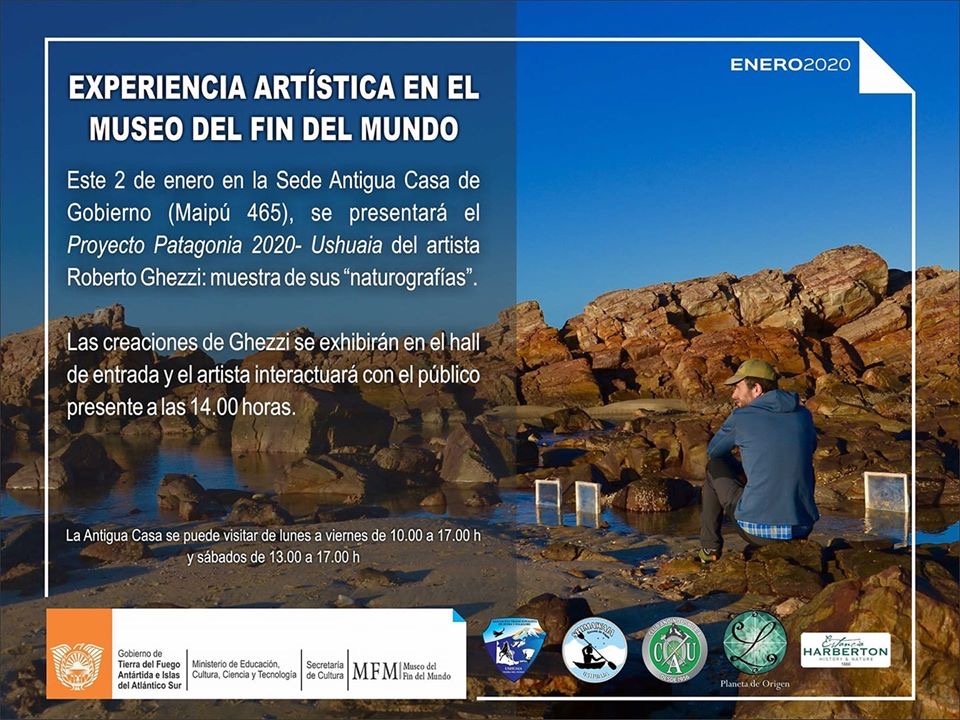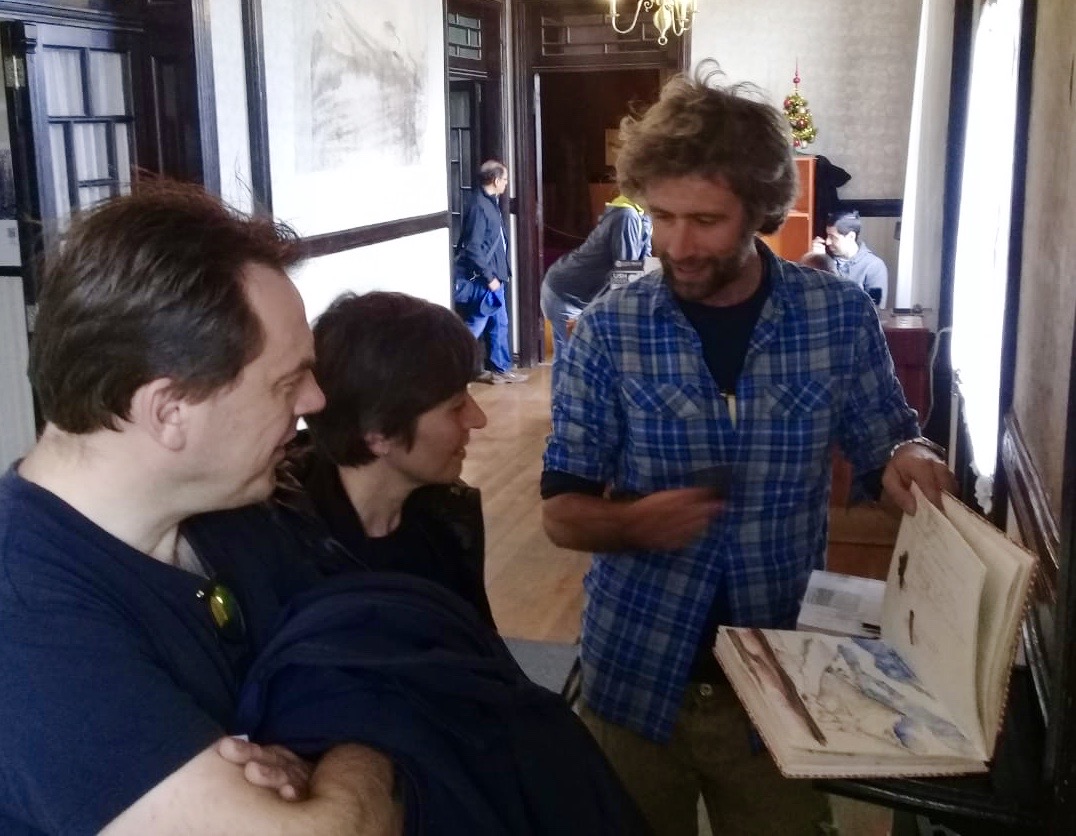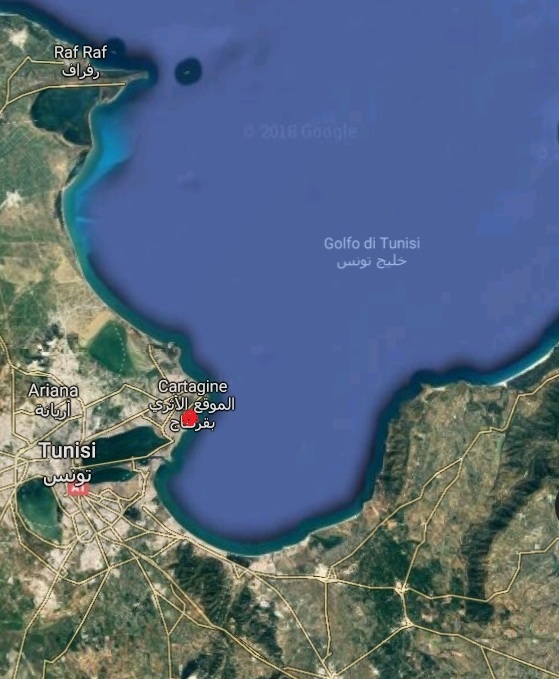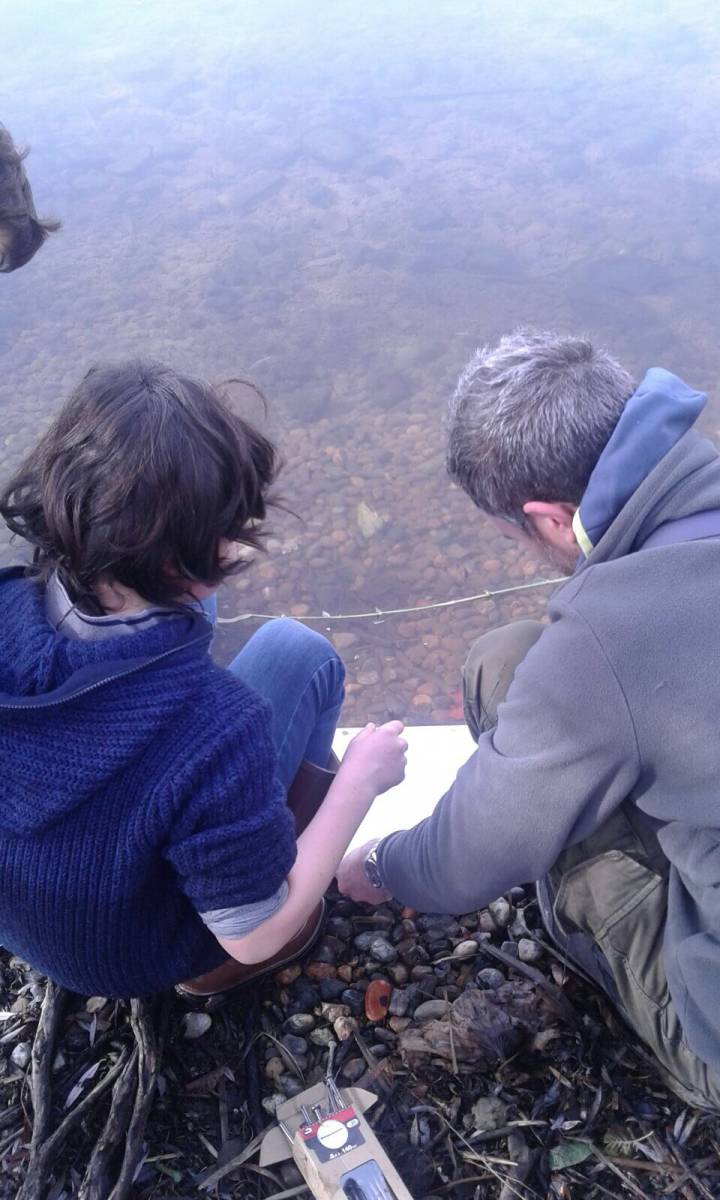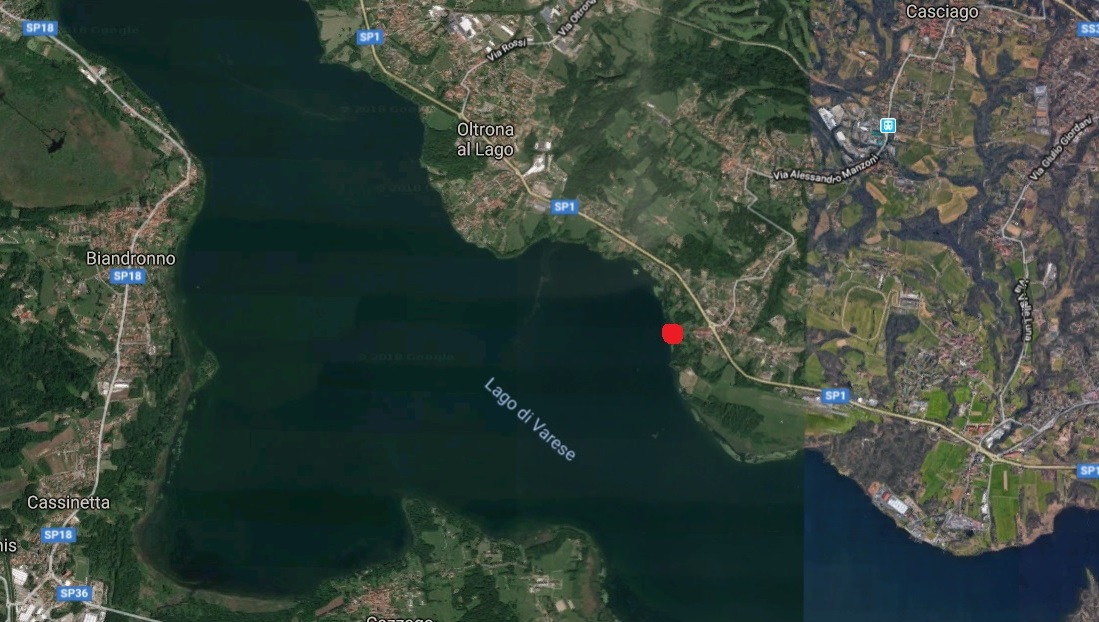THE POLAR STREAM – ARTISTIC RESIDENCY IN SVALBARD
THE POLAR STREAM
Un progetto dell’artista Roberto Ghezzi
a cura di Mara Predicatori
con patrocinio di Istituto Italiano di Cultura a Oslo
in collaborazione con con la dott.ssa Fabiana Corami CNR ISP- Istituto Scienze Polari
e il videomaker Leonardo Mizar
residenza alle Isole Svalbard (NO)
dal 12 luglio al 5 agosto 2023
Spitsbergen Artists Center – Vei 100.2 Longyearbyen Norway 9130
Roberto Ghezzi, artista che pone al centro della propria ricerca l’“autorappresentazione” della natura e dei fenomeni naturali, il 12 luglio 2023 partirà per una nuova spedizione artistico/scientifica alle Isole Svalbard(NO), le terre abitate più a nord del pianeta, a Longyearbyen presso lo Spitsbergen Artists Center. Il progetto, patrocinato dall’Istituto Italiano di Cultura a Oslo, verrà realizzato in collaborazione con la dott.ssa Fabiana Corami del CNR ISP (Istituto di Scienze Polari) e il videomaker Leonardo Mizar.
Come per la precedente spedizione a Tassilaq in Groenlandia, l’artista intende anche in questo caso tracciare la fusione dei ghiacci e restituire una rappresentazione del paesaggio artico facendo in modo che sia il fenomeno del cambiamento di stato dei ghiacciai a riprodurre in qualche modo sé stesso in termini artistici.
Roberto Ghezzi, infatti, da ormai un ventennio, ha parzialmente abdicato alla pratica pittorica creando nuovi approcci creativi in cui è la natura a sedimentare serie di tracce sulle proprie tele (le Naturografie, scrittura della natura su tela) o dove singolari fenomeni naturali trascrivono direttamente se stessi su supporti appositamente predisposti (es. cianotipie della fusione dei ghiacci).
Grazie alla singolare ossessione artistica di restituire quanto più fedelmente i fenomeni naturali delegando alla natura la propria raffigurazione, in quasi due decenni Ghezzi ha realizzato installazioni e ricerche in molti luoghi nazionali e internazionali, legando il suo lavoro a studi sull’ecosistema e sulla biologia in parchi e riserve naturali di tutti i continenti (Alaska, Islanda, Sud Africa, Tunisia, Norvegia, Patagonia, Croazia, Danimarca, Groenlandia). In Italia ha realizzato numerosi progetti di ricerca in ogni regione e tipologia di ambiente, collaborando con i più importanti istituti di ricerca tra cui CNR ISMAR, CNR IOM, CNR ISP, Arpa Umbria e Arpa Lazio, oltre che con associazioni come Greenpeace, WWF e Legambiente.
Le sue opere possono essere descritte come delle oggettificazioni della natura che, da un lato, danno forma ad autentiche opere d’arte capaci di restituire una dimensione estetico-romantica del paesaggio senza un agito diretto dell’artista; dall’altra si presentano come singolari supporti per indagini di matrice scientifica sullo stato degli ambienti e su fenomeni ambientali ed ecologici.
Per la residenza alle Isole Svalbard – della durata di circa un mese – l’artista prevede di approfondire ulteriormente la ricerca avviata in Groenlandia nel 2022, riadattando ancora una volta ai propri fini l’antica tecnica cianografica ma a partire questa volta dall’impiego della videocamera e di immagini macro dei cristalli di ghiaccio in fusione. Le cianotipie (immagini fotografiche ottenute da carte fotosensibilizzate con sali d’argento) verranno realizzate sulla base di negativi di macro fotografie digitali o immagini, scattate mediante l’ausilio di un microscopio digitale, di cristalli prelevati in diverse parti delle Isole Svalbard. I video (macro) verranno invece realizzati mediante videocamere letteralmente “affidate” all’ambiente. Attraverso varie strumentazioni tra cui droni e piccole zattere galleggianti progettate al fine di sostenere le piccole telecamere, l’artista affiderà inquadrature e tempistiche di ripresa al movimento stesso del ghiaccio durante tutto il “percorso” di fusione, dalla fase solida a quella liquida. Questa particolare metodologia consentirà di fare diretta esperienza audiovisiva della delicata fase del cambiamento di stato del ghiaccio, come se fossimo all’interno del ghiaccio stesso e ne seguissimo il percorso. I materiali prodotti saranno poi resi in forma artistica attraverso video-installazioni artistiche e trasposizione cianografiche delle risultanze video-fotografiche.
Oltre a fornire una trascrizione del fenomeno che ferma in una singola immagine la decantazione di un processo, in questo caso, Ghezzi, grazie all’ausilio delle telecamere, introdurrà nella rappresentazione della fusione del ghiaccio anche la dimensione temporale e la rappresentazione delle dinamiche della trasformazione del ghiaccio dell’Artico in acqua. Tuttavia non sarà una “documentazione”, ma una autonoma trascrizione del fenomeno del disgelo, perfettamente in linea con la filosofia delle naturografie in cui l’artista, invertendo i ruoli, lascia che sia la natura a parlare di sé, a presentarsi quale essa è, mettendo in luce con l’assoluta spontaneità del reale, la sua più intima essenza.
Quanto in effetti emergerà, esattamente come per le precedenti spedizioni, sarà il frutto dell’alchemica capacità dell’arte di registrare sotto nuove vesti fenomeni naturali e rappresentarli attraverso i codici del contemporaneo e, dall’altro lato, frutto della capacità di lettura da parte del sapere scientifico di supporti non abituali.
Come per la residenza in Groenlandia, anche in questo caso, dopo la fase di studio e creazione delle opere durante la residenza alle Isole Svalbard, seguiranno contributi scientifico e critico-artistici per la fase divulgativa che prevederà mostre, presentazioni, pubblicazioni, talk, incontri con studenti, sia in Italia che all’estero.
L’intera residenza artistica di Roberto Ghezzi sarà ad impatto neutro grazie al contributo di Phoresta Onlus che compenserà mediante la piantumazione di alberi tutte le emissioni di CO2.
THE POLAR STREAM
A project by the artist Roberto Ghezzi
edited by Mara Predicatori
under the patronage of the Italian Cultural Institute in Oslo
in collaboration with Dr. Fabiana Corami CNR ISP- Institute of Polar Sciences
and video maker Leonardo Mizar
residence in the Svalbard Islands (NO)
from 12 July to 5 August 2023
Spitsbergen Artists Center – Vei 100.2 Longyearbyen Norway 9130
Roberto Ghezzi, an artist who places the “self-representation” of nature and natural phenomena at the center of his research, will leave on 12 July 2023 for a new artistic/scientific expedition to the Svalbard Islands (NO), the northernmost inhabited lands on the planet , in Longyearbyen at the Spitsbergen Artists Center. The project, sponsored by the Italian Cultural Institute in Oslo, will be carried out in collaboration with Dr. Fabiana Corami of the CNR ISP (Institute of Polar Sciences) and the videomaker Leonardo Mizar.
As with the previous expedition to Tassilaq in Greenland, in this case too the artist intends to trace the melting of the ice and return a representation of the arctic landscape by making sure that it is the phenomenon of the change of state of the glaciers that somehow reproduces itself in artistic terms.
Roberto Ghezzi, in fact, for twenty years now, has partially abdicated the pictorial practice creating new creative approaches in which it is nature that settles a series of traces on his canvases (the Naturographies, writing of nature on canvas) or where singular natural phenomena directly transcribe themselves on specially prepared supports (e.g. cyanotypes of melting ice).
Thanks to the singular artistic obsession of rendering natural phenomena as faithfully as possible by delegating their representation to nature, in almost two decades Ghezzi has created installations and research in many national and international places, linking his work to studies on ecosystems and biology in parks and nature reserves on all continents (Alaska, Iceland, South Africa, Tunisia, Norway, Patagonia, Croatia, Denmark, Greenland). In Italy he has carried out numerous research projects in every region and type of environment, collaborating with the most important research institutes including CNR ISMAR, CNR IOM, CNR ISP, Arpa Umbria and Arpa Lazio, as well as with associations such as Greenpeace, WWF and Legambiente.
His works can be described as objectifications of nature which, on the one hand, give shape to authentic works of art capable of restoring an aesthetic-romantic dimension of the landscape without direct action by the artist; on the other, they present themselves as singular supports for scientific investigations on the state of the environment and on environmental and ecological phenomena.
For the residency on the Svalbard Islands – lasting about a month – the artist plans to further explore the research begun in Greenland in 2022, once again re-adapting the ancient blueprint technique to her own ends, but starting this time with the use of the video camera and macro images of melting ice crystals. The cyanotypes (photographic images obtained from photosensitized paper with silver salts) will be created on the basis of negatives of digital macro photographs or images, taken with the aid of a digital microscope, of crystals taken from different parts of the Svalbard Islands. The videos (macros) will instead be made using video cameras that are literally “entrusted” to the environment. Through various instruments including drones and small floating rafts designed to support the small cameras, the artist will entrust shots and shooting times to the movement of the ice itself during the entire melting “path”, from the solid to the liquid phase. This particular methodology will make it possible to have direct audiovisual experience of the delicate phase of the change of state of the ice, as if we were inside the ice itself and followed its path. The materials produced will then be rendered in artistic form through artistic video installations and blueprint transposition of the video-photographic results.
In addition to providing a transcript of the phenomenon that stops the settling of a process in a single image, in this case, Ghezzi, thanks to the aid of the cameras, will also introduce the temporal dimension and the representation of the dynamics of the transformation into the representation of the melting of the ice. of Arctic ice in water. However, it will not be a “documentation”, but an autonomous transcription of the thaw phenomenon, perfectly in line with the philosophy of naturographies in which the artist, reversing the roles, lets nature speak of itself, to present itself as it is. , highlighting with the absolute spontaneity of reality, its most intimate essence.
What will actually emerge, exactly as for the previous expeditions, will be the result of the alchemical ability of art to register natural phenomena under new guises and represent them through the codes of the contemporary and, on the other hand, the result of the ability to read by of scientific knowledge of non-habitual supports.
As for the residency in Greenland, also in this case, after the phase of study and creation of the works during the residency in the Svalbard Islands, scientific and critical-artistic contributions will follow for the dissemination phase which will include exhibitions, presentations, publications, talks, meetings with students, both in Italy and abroad.
The entire artistic residence of Roberto Ghezzi will have a neutral impact thanks to the contribution of Phoresta Onlus which will offset all CO2 emissions through the planting of trees.











































